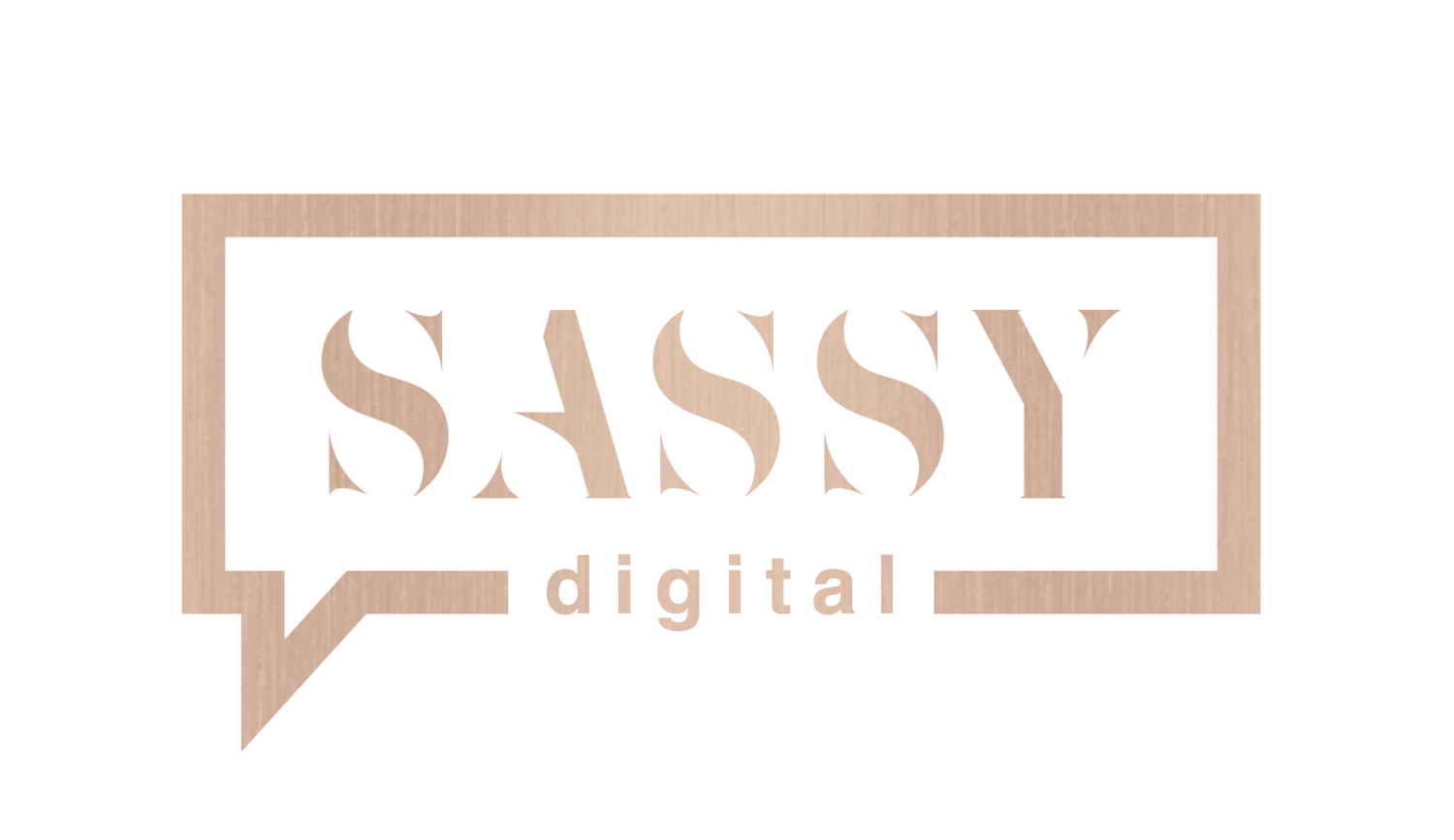5 Must Know Tips For Optimising Your Images For SEO
We recently wrote a blog post on how you can write copy for your website in order to achieve a good SEO score. However, what we didn’t mention in this post is the important of image optimisation for achieving a higher google ranking, so here we go!
When search engine “spiders” crawl the text on your website, they are also crawling your images and if they’re not optimised correctly, your website will be ranked lower.
Optimising your images will not only give you a higher Google ranking, but it will create a better user experience and faster page load times (which will reduce your bounce back rate!)
Here are 5 tips for optimising your images:
1. Name your images descriptively with your key words!
When it comes to naming your image files, creating descriptive names which incorporate your keywords is crucial for good SEO. The image name informs search engine crawlers what the image is about, which helps them to index it accordingly. If your image file name is completely random e.g. “IMG_4638.jpg”, it won’t be indexed as high as it could be if it included rich, keywords that describe the image.
Think about what your customers will be searching for when looking for a product like yours, a great way to determine your image name is to have a look over your website analytics, see what keyword patterns your customers tend to follow and apply this when naming your image files.
2. Reduce the file size of your image
Images are the main reason for slow loading websites, and with nearly 50% of consumers refusing to wait even 3 seconds for a site to load… huge file sizes which delay your site from loading are a big NO NO! If you reduce the size of your image files, your page will load quicker and your bounce back rate will reduce. Just make sure the quality of your image isn’t hindered when compressing the size!
3. Improve your images with online tools
If you use stock images on your site, you run the risk of looking unoriginal and just like thousands of other sites. But let’s face it, not many of us have the time to take high quality, original photos for every single aspect of the website or every new blog post we upload...so stock images tend to be a must! However, to avoid blending in to the crowd, you can personalise your stock images.
Ways to do this are using online tools like Canva which allow you to add text, frames and other unique designs to your image to enhance their appeal. If you tend to use a lot of photos with phone/laptop/computer screens, a great way to personalise these images is to add a screenshot of your own website into the screen, to make the image look different to the original and give the impression it was taken by you!
4. Keep your images relevant
The images on your website should relate to the surrounding text to help tell the story, break up the text and help your audience understand the content. Many people learn visually, so if your image is completely irrelevant, some may find it difficult to understand exactly what they are reading about. Your chosen image should reflect the topic of the post as an image surrounded by related text ranks a lot better! So, avoid irrelevant images and remember to not just place your image anywhere - place it surrounding the relevant text!
5. Choose the right file type!
Typically, images come in the format of either JPEG, GIF or PNG. JPEG is most commonly used as they can be compressed considerably, without losing the quality. This creates small file sizes, with good quality images! - Something which is crucial for lower bounce back rates and good SEO!
Gifs tend to be a lot lower in quality than JPEG and therefore tend to be used for simpler images such as logos (as well as animations, which i’m sure you already knew…)
PNG files are becoming increasingly popular. PNG file sizes are small, the support a wide range of colours (much more than GIFS) and they don’t degrade over time (when you resave a PNG over and over, quality is not lost). However, the quality of PNG files tends to decrease as the file size is reduced, unlike JPG.
Overall, for site images, especially product images and those that need to be of good quality, JPEG is your best bet!
Optimising your images for SEO can take some time and seem like a long, mundane and often pointless task. However, trust us when we see that image optimisation makes a huge difference to your SEO score and is crucial to the success of your website and business.
If you have any other questions about optimising images or about your website in general, We offer Website management and Creation at Sassy Digital. Get in touch! - @lucyhitchcock_@sassydigital
